Nvidia in 2019: a GeForce to be reckoned with
Nvidia is still king of the hill
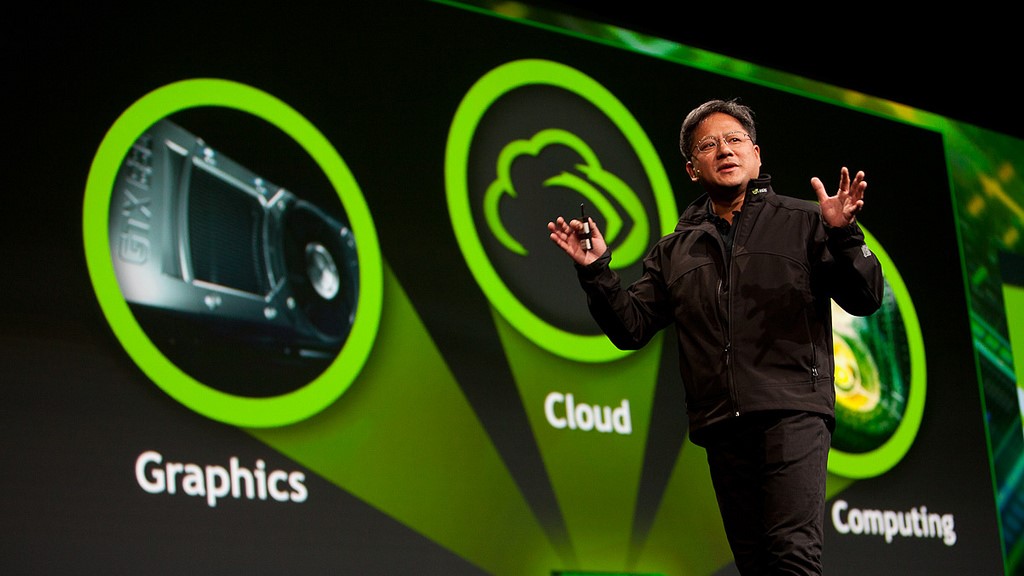
Nvidia in 2019 may have gotten some pretty stiff competition from its top rival. However, that doesn’t mean that the graphics card (GPU) manufacturer has been taken down from its lofty perch. Yes, it’s suffered a few revenue hits that started in 2018 as well as a couple of setbacks – particularly due to release delays and uncovered security vulnerabilities. Plus, let’s face it, AMD has made a rather valiant attempt at usurping the throne with its impressive yet more affordable cards.
- We'll show you how to build a PC
- How did AMD do in 2019?
- There's a whole world of PC components
However, Nvidia’s popular GPUs are still king of the hill (we’re looking at you, Nvidia GeForce RTX 2080 Ti) when it comes to gaming, design and content creation, allowing it to keep the crown. In fact, thanks to its RTX products, Nvidia has reasserted its dominance in the graphics card market. With its RTX Super line getting released in Summer 2019, we’re certain it will stay that way when 2020 rolls around. The highly anticipated RTX 2080 Ti Super hasn’t even made an appearance yet – if it indeed exists.
And 2020 definitely also looks very promising for the manufacturer, with its 7nm Ampere architecture rumored to make an appearance by June 2020 to start. But before we look to its future, let’s take a look first at what Nvidia has accomplished in 2019, alongside what it could have done better.

Breathtaking gaming at a budget price
Nvidia ended 2018 with a bang: not only did it release both the GeForce RTX 2070 and RTX 2080 graphics cards, which delivered decent 4K gaming as well as ray tracing to the masses – albeit only if they were willing to pay the steep price. But, the company also unleashed its beasts – the RTX 2080 Ti, which remains unbeatable in mainstream gaming, and the appropriately named Titan RTX.
It wasn’t done. As soon as January 2019 rolled around, the GeForce RTX 2060 hit the streets to the delight of RTX graphics cards fans who may not have had enough cash to spare to shell out for the higher-end cards. Indeed, RTX 2060 was the graphics card of your mid-range dreams, armed with ray tracing and enough power for 4K at 30fps gaming.
Now, all that was left was to cover the entry level market. Nvidia had a few aces up its sleeves for that, too. February 2019 witnessed the release of the GeForce GTX 1660 Ti in the budget sector, proving itself more than capable yet generally more affordable than the RTX 2060. The GTX 1660 and GTX 1650 both followed in the spring of 2019, with ray tracing in GTX 1660 and 1660 Ti coming shortly after. Those rounded up the lineups nicely so that Nvidia had a capable graphics card for you, whatever your need or your budget was.
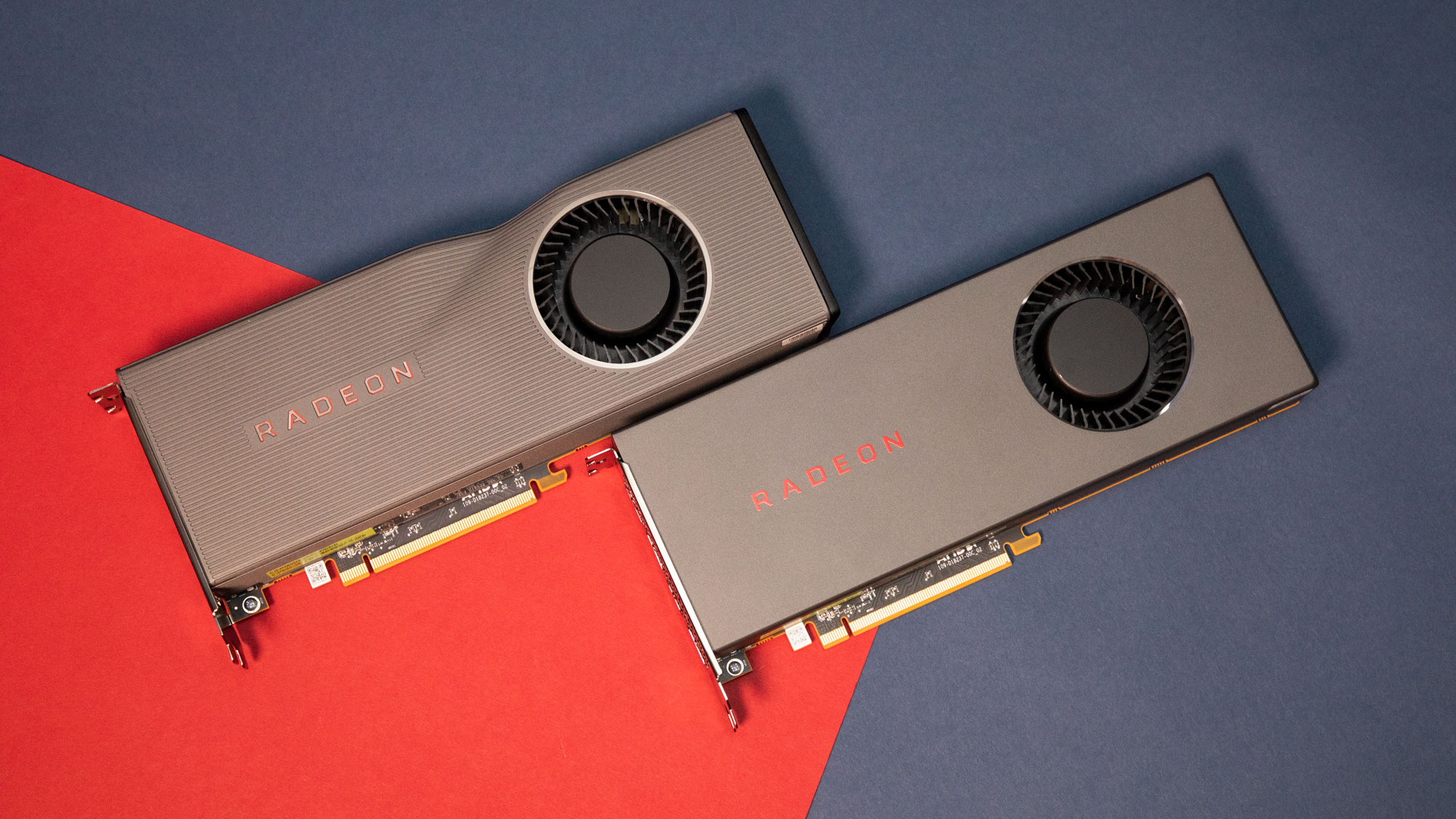
AMD giving it a run for its money
There was much anticipation behind AMD’s Navi cards before they were even released, especially because leaks were showing how they rivaled Nvidia’s existing RTX cards while dialing down the price for budget-minded gamers. For a hot minute there, the future did look grim for Nvidia – after all, the Radeon RX 5700 is a juicier option than the RTX 2060 in term of value, and the AMD Radeon RX 5700 XT holds its own against the RTX 2070 at a much better price.
Get daily insight, inspiration and deals in your inbox
Sign up for breaking news, reviews, opinion, top tech deals, and more.
Luckily for Nvidia, AMD hasn’t brought ray tracing onto its new cards, and it seems to be focusing its efforts – at least, for now – in the mid-range and budget markets. And, so far, none has come close to the performance that the RTX 2080 Ti is offering.
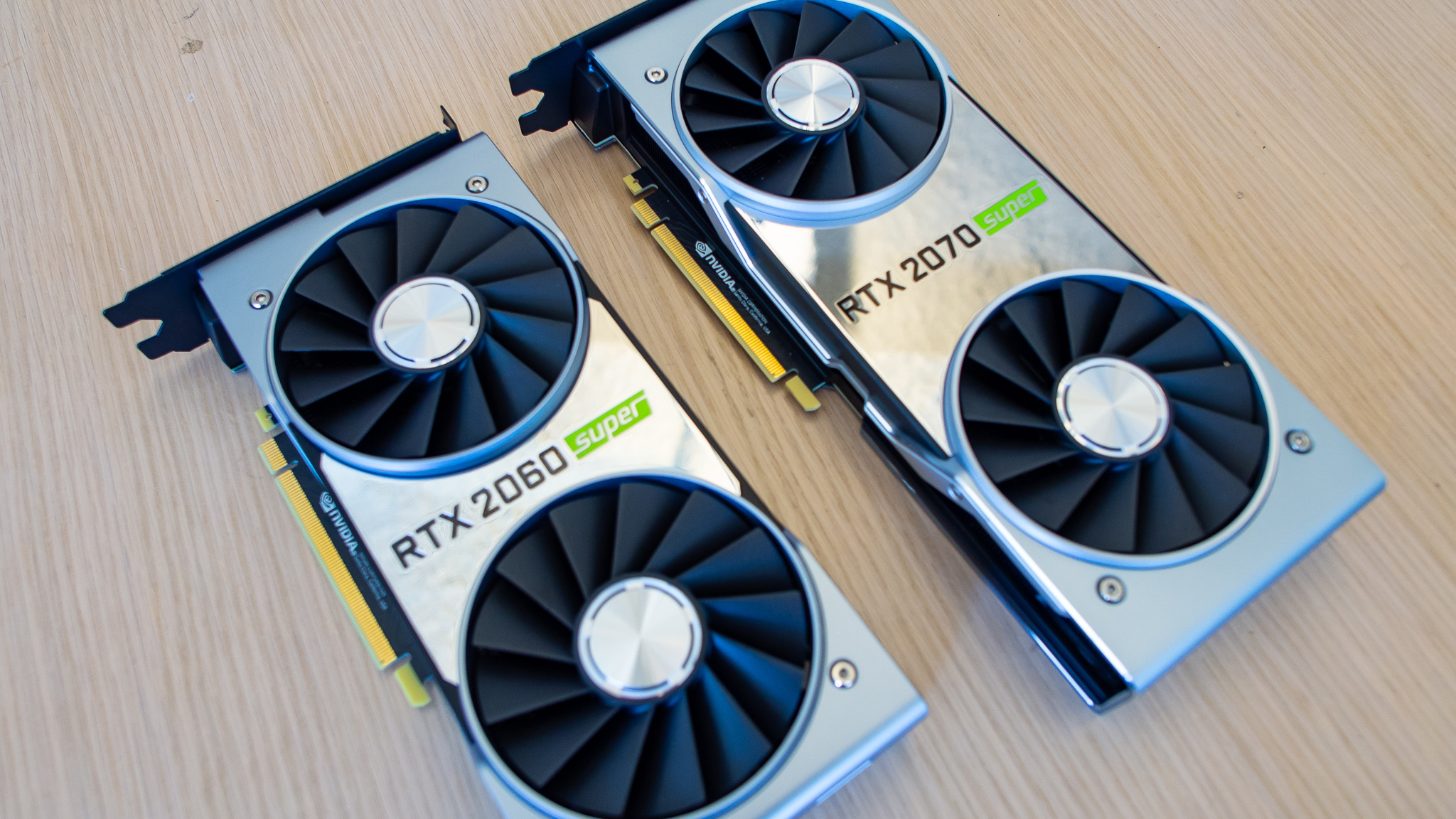
Juicing up its best-selling graphics cards
Still, with AMD starting to rack up sales with its affordable alternatives, Nvidia had to do something. However, instead of releasing a whole new lineup, Nvidia simply gave its RTX (and GTX) cards a boost in specs and added the word “Super” to their names.
It was a bit of a gamble, but one that largely paid off. The RTX 2070 Super is up to 24% faster than the RTX 2070, with an average performance increase of 16%, for the same price; and the RTX 2060 Super offers roughly the same over its predecessor. The RTX 2080 Super, on the other hand, doesn’t really offer a huge bump in specs than the RTX 2080. However, it’s also $100 cheaper and it gets you closer to the RTX 2080 Ti in terms of performance, which is something.
While these cards may be a lot more expensive than their AMD rivals for not much performance difference, they’ve also got the advantage of ray tracing. So for folks who are deciding whether to stay with Nvidia or switch to AMD, the option to stay is more compelling than ever – even if AMD still beats Nvidia over price.

The death of cryptocurrency
Alongside AMD, Nvidia definitely rode the crypto wave at its height, benefiting in the surge of graphics card sales for mining. Unfortunately that wave finally crashed, resulting in a massive blow to Nvidia’s sales.
After announcing its earnings for the second quarter of the 2019 financial year, it was revealed that Nvidia’s revenue fell by 17%, which is huge. On the upside, the manufacturer actually beat analyst expectations, racking up with $2.58 billion instead of $2.54 billion.
With gaming as popular as ever, and Nvidia’s gaming products accounting for over 50% of its total revenue, it’s not like its struggling with the loss of cryptocurrency sales. As its chief financial officer Colette Kress said, “Essentially our business is normalized.”
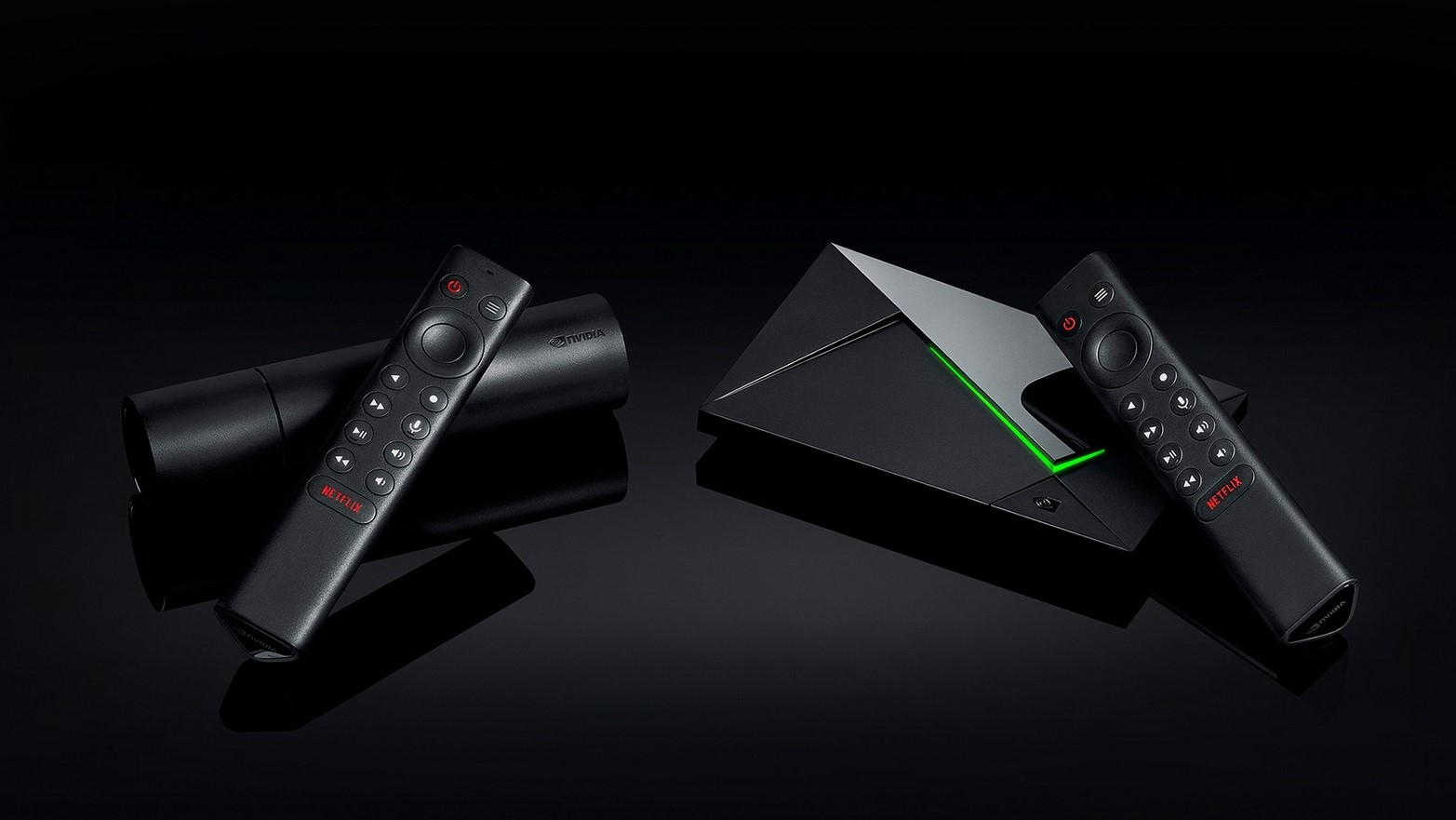
Nvidia shield becomes the streaming video player to beat
Nvidia Shield TV has been the top Android streaming box since it came out in 2015, but it’s been due for a refresh since 2017. Luckily, it was revealed in August 2019 not one, but two models were on their way. Roughly about two months later, the Nvidia Shield TV and Nvidia Shield TV Pro hit the streets, receiving glowing reviews.
In 2019, Nvidia’s streaming players are still the ones to beat, offering things like premium 4K/HDR streaming, AI image upscaling and GeForce Now service, all wrapped in fresh new looks.
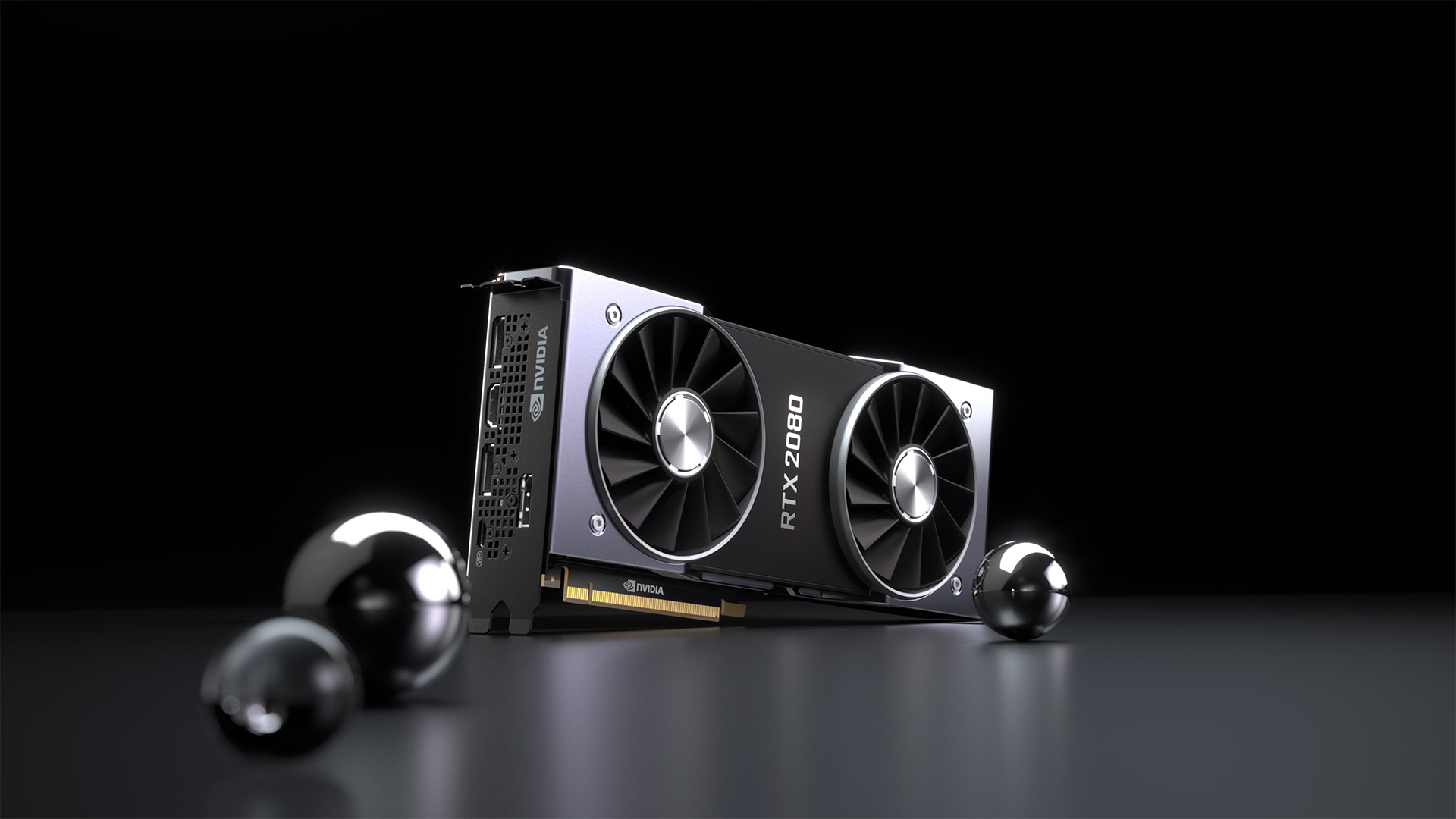
Predicting Nvidia in 2020
Though 2019 may not have been a particularly stellar year for Nvidia, it’s gotten a few wins with its GeForce 16 series and Super RTX lineup. Unlike AMD, it’s got all sectors of the market covered, and has essentially introduced ray tracing to the world of mainstream gaming. That’s without mentioning the fact that laptop sales continue to rise, which Nvidia will only benefit from. There’s also the success of Nintendo Switch and Nintendo Switch Lite consoles, which utilize Nvidia graphics, and of course, the Nvidia Shield TV streamers.
So you might say that Nvidia is more than chugging along, even if it didn’t have any Internet-breaking releases in 2019.
The question now is, will 2020 be a better year for the graphics card giant? It’s highly likely that 2020 could be its year. The long rumored Nvidia GeForce RTX 2080 Ti Super is expected to rear its head in early 2020, and it’s supposed to be a beast with 4,608 CUDA cores and 16Gbps memory speed.
That’s not all; the next generation Ampere cards might also arrive in 2020. And, these are expected to utilize 7nm process and double down on ray tracing – not to mention, cut the price so they’re cheaper than ever. In addition, PhysX 5.0, Nvidia’s Finite Element Model (FEM) solution for improved physics effects, is also coming in 2020.
And though AMD’s explosive FEMFX may have already stolen Nvidia’s PhysX thunder, with both the RTX 2080 Ti Super and Ampere cards up its sleeves, Nvidia is likely to leave AMD in the dust, especially since AMD has yet to implement ray tracing. But, we guess we’ll have to wait and see how it all plays out.
- Here are the best gaming PCs

Michelle Rae Uy is the former Computing Reviews and Buying Guides Editor at TechRadar. She's a Los Angeles-based tech, travel and lifestyle writer covering a wide range of topics, from computing to the latest in green commutes to the best hiking trails. She's an ambivert who enjoys communing with nature and traveling for months at a time just as much as watching movies and playing sim games at home. That also means that she has a lot more avenues to explore in terms of understanding how tech can improve the different aspects of our lives.